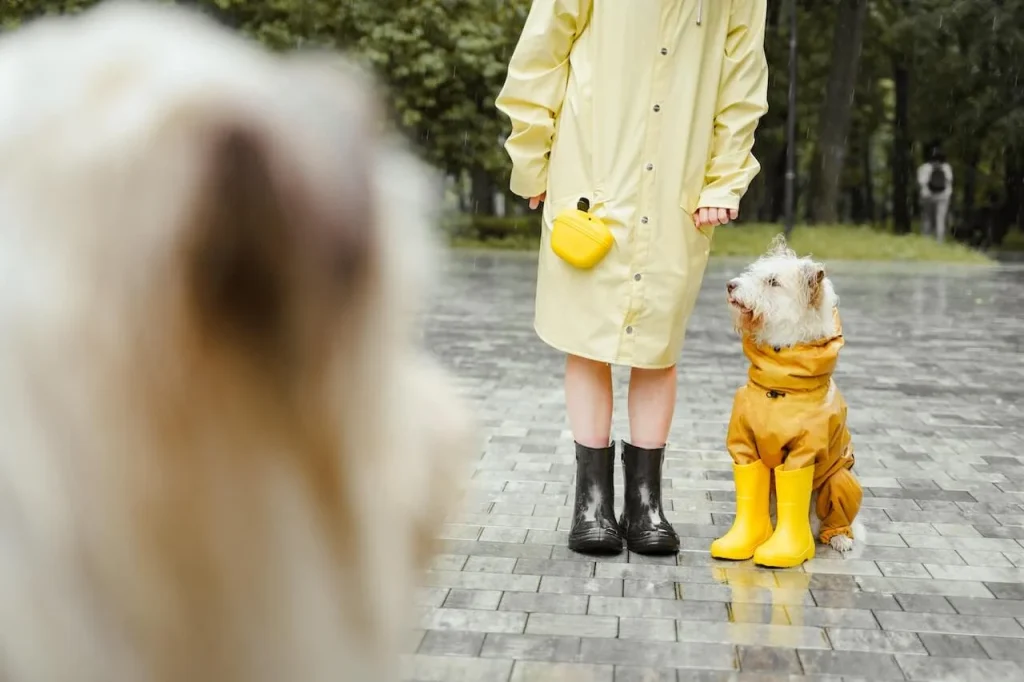Our pets are one of our most important belongings us fur parents/animal owners. They mean a lot to us; we always want to keep them safe in our house and lot for sale. We spend a lot of money on their vaccines, their maintenance, and checkups, and that just shows how much we love and care for them. We know their value in life. Not just because they’re animals, they don’t matter. As pet owners, we know that we feel the same way about our fur babies.
Sadly, when there are calamities or natural disasters, they are one of the most vulnerable creatures in this world. Animals experience dread and terror throughout volcanic activities, tropical storms, floods, as well as other environmental catastrophes, and they are equally vulnerable to harm and death. Planning beforehand for emergency conditions can determine the distinction between life and death for everybody, even loving animal friends. They don’t think the way humans do. Another thing, most people don’t care about them. So how will we keep our fur babies safe? If you’re looking for the answer, it’s certainly here! Shall we start?

Here Are Some Ways to Keep Your Pets Safe During Natural Disasters
Prepare your pet emergency kit.
Not only you should have it, but your pet or pets as well! Always keep a pet emergency supply and first aid kit on hand. A collar and leash or carriers, along with drinking water, food and water containers, dry and wet food, and a copy of your fur babies’ medical documents, should be included in the emergency supplies package. If you own a cat, prepare litter and a tiny litter box. Jackets keep the animals warm in cooler temperatures, safe leashes keep pets from running off on walks, and footwear protect their delicate paw pads from the cold ground. In the cold season, keep walks brief, particularly for shorthaired dogs.
Prepare your pet mentally.
Getting your fur baby acquainted with its pet carrier is a good idea. Allow your animal friend to develop accustomed to the carrier and sometimes even utilize it as a landing place by leaving it out with plenty of soft bedding and favorite toys inside. This will make it much easier to “lure” your pet into the carrier if you need to escape your home quickly. If your pet sees its carrier as a secure and familiar area, it will become more inclined to crawl inside of it, which would be incredibly beneficial when there is a lot of stress and running around, which may frighten your furry baby into sheltering somewhere where she’ll be challenging to locate.

Don’t keep them locked.
This is one of the most common mistakes some fur parents make. They think that their pets will be safer if they keep them leashed or caged, but no. It’s such a dangerous thing to do. Don’t ever tie up pets or restrict them in any manner, since they will become stuck and therefore incapable of escaping rising floodwaters.
During strong thunderstorms or earthquakes, there is very little or no time to evacuate. Never leave chained or confined animals outside, where they are vulnerable to severe winds, falling trees, and falling buildings. Keep your animal pals with you if you need to relocate to a sturdier structure or seek refuge underground. Maintain your position in a tiny interior area, including a closet or corridor. If this isn’t possible, seek refuge behind a hefty table or desk. Keep away from windows, doors, and walls that lead outdoors. Keep in mind to place your pets in a safe and quiet environment.
Make sure they’ll be easier to identify.
Be certain that all of your pets are wearing collars or harnesses with ID. Similar to what you would for a kid, maintain a recent picture of your furry friend for purposes of identification. Your top priority is to obtain your pet dogs and cats an ID, whether it’s the inexpensive kind used to distinguish hospital patients, the luxury mall-engraved collars, or getting them microchipped at a vet’s clinic.

No animals should be left behind.
Don’t ever leave your furry friends behind when you are being evacuated. There’s no telling what might occur to your house while you’re gone, and you might not be capable of returning for several days or possibly weeks. Animal friends left behind may starve or get parched, or they may be crushed by crumbling walls. They might drown or flee in a frenzy and thus become lost. If you ever leave your home and don’t have the capacity to take care of your pets, contact your local emergency management office, veterinary clinic, pet-friendly hotel, an animal hospital, or any place that is willing to accept pets at that time.
Keep them safe and sound.
Ensure that all of your loved ones are safe and sound if you are sheltered in place during a typhoon or similar disaster. Dogs as well as other household pets are no more adapted than humans to withstand frigid temperatures or adverse weather circumstances. They struggle tremendously from hypothermia and therefore can die from exposure. Bring them inside before a storm arrives; failing to do so may be unlawful, since anybody who leaves pets outside in extreme storms may be punished. Animal friends that are chained or caged outdoors or without proper protection from the weather should be noted too. Always keep your pets safe and warm.

Keep an eye out for additional animals in need, such as abandoned animals and pets discarded by neighbors.
If you see other animals outside such as feral or outdoor cats, please do help them as they can possibly not survive a typhoon. Consider helping them since they can’t survive with their instinct only. However, be cautious in doing so. Take into account that rabies is something you most likely do not want. Also, take into account that a wounded animal mother may still lash out in panic if she has any little children around her.
However, remember that animals, like people, become anxious in high-stress situations. If you can maintain your composure in the midst of chaos and terror, you will be far better equipped to look for your furry friends in the aftermath of a tragedy. Because your babies need you to protect them from harm, never put a new animal in a setting that would hurt your existing pet. Your furry baby must come first, followed by other creatures. The smartest way you can accomplish this is to be informed, ready, and protected.
Read more: How to Protect Your Pet During Thunder Storms and the Rainy Season


